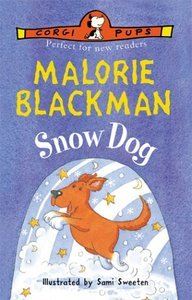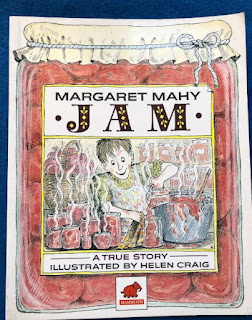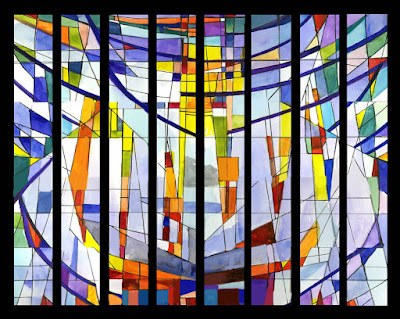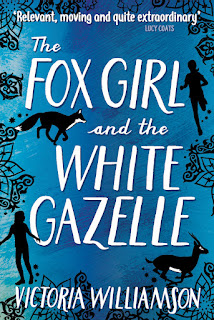Authors of historical fiction set themselves a huge task. They need to be dedicated to their project in order to complete the hours of research needed so their book is accurate. At the same time the writer needs to weave together a story with an engaging narrative. In some books of historical fiction it feels as though the author has a pages of facts which they want to showcase or even shove into the plot. That is not the case here with Interned. It is very clear Pamela Rushby has done an enormous amount of research for her book but then, as I heard Jackie French once say, the author needs to throw all of that away and just let the flavour of the historical period naturally percolate through the story.
Jackie says: Perhaps that’s what my books really are -- a whisper that becomes an obsession; years of research that suddenly crystallise into a story, and then the labour of turning the past into fiction, woven with facts.
In this article for Writers Digest I found these wise words about writing historical fiction. Pamela Rushby follows all of this advice:
1. Have fun with the research, but do your homework.
This should go without saying, but I’ll say it anyway. Borrow some good reference books. Become comfortable with the time period. Try to understand both the larger scope of the period, while examining aspects of daily life. This will help create an authentic backdrop for your novel.
2. Let the characters engage with the historical details.
This goes along with that “show don’t tell” truism writers are told all the time. Rather than just dumping a bunch of facts on the poor reader, let your characters interact with these details with all these senses. Let them smell the offal dumped onto the cobblestone streets. Let them squint in the fading light of the tallow candles. Let them feel the tingling sensation as the physician places a leech on their bare skin.
3. Allow your characters to question and explore their place in society.
This will help reveal the larger political, social, cultural context of the time. What were the expectations for women? For sailors? For criminals? How did people from different parts of society interact with one another?
Interned is set in 1914. Gretta lives in Singapore and Tilly lives in Brisbane.
"When war breaks out and both countries turn on their families for being German , the two girls find themselves taken from their homes, interned at a camp in rural New South Wales. Far away from everything they have ever know, Gretta and Tilly are forced to face prejudice, overcome adversity and to make their own community."
This story is told though the eyes of these two very different girls using alternating voices. Both girls demonstrate enormous courage and enormous care of their families.
I knew about the internment camps which were set up here in Australia during WWII but I had no idea about the situation during WWI. Pamela Rushby gives her readers a strong sense of the place, the confusion, the harsh climate, the recurring heartbreak, and the strong bonds of family relationships. Pamela wrote this book because she discovered her own grandfather came to Australia from Germany as a tiny baby in 1880 and the family settled in Queensland. In 1900 the largest non-British immigrant group in Australia were people of German descent. Many lived in Queensland and South Australia.
In the author notes Pamela writes about the beginning of World War I:
"Almost immediately after war was declared, a wave of anti-German propaganda swept the nation. ... German schools and clubs were forced to close. German music was banned. Communities with German names were renamed. ... Almost seven thousand people of German descent were detained... (including) German families that had been living and working in British colonies in New Guinea or south-east Asia."
I highly recommend this book for readers aged 10+ especially for those with an interest in history. Interned will be published in March 2022. Huge thanks to Beachside Bookshop for my advance copy.
Companion reads (note these are all set during WWII):



















































